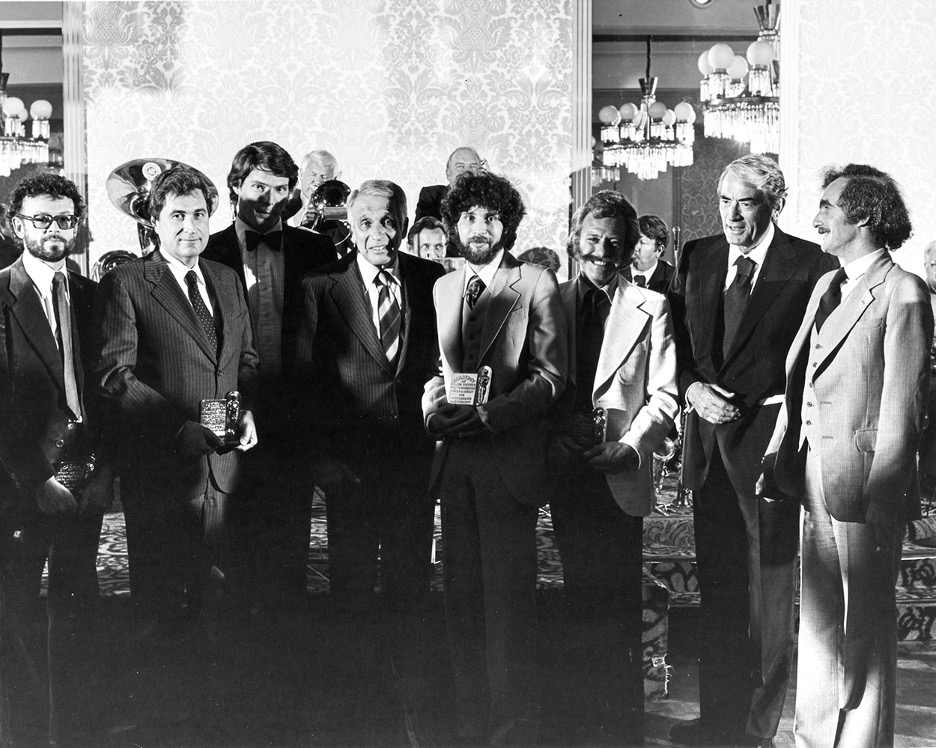
The original DDL 1745 had one major shortcoming. Using the big switches to set delay would usually result in a dangerously loud pop/crackle/bzzzztttt. Engineers quickly learned to pull down the appropriate fader before changing delay. Richard took advantage of two new innovations—the shaft encoder and the Light Emitting Diode—to create the model DDL 1745A. Today, an encoder would be the logical choice but encoders were not yet commercially available (or, if they were, they were prohibitively expensive). Eventide designed its own encoder and the “Big Knob” was born. Turn it slowly for fine control or spin it quickly for large changes. The Big Knob has become a key control feature for many of Eventide’s products since that day in 1973.
The 1745A also featured an LED numerical display of the delay setting—likely the first display of its kind to find its way into a studio.

Here’s the original 1745A Data Sheet describing the significant innovation – “Electronic control of delay is…a reality today…there is little or no noise when changing delay settings.”

The Next Step
While the 1745A represented the next step in DDLs, these were still early days. The first DDLs were heavy (30 lbs), power-hungry, ran ‘hot’, and were reliably unreliable if not treated properly. The first page of the Instruction Manual, titled ENVIRONMENT, cautions users to treat their unit with kid gloves:
“The Delay Line likes fresh air…Give your delay line a good home and it will be your friend.”
The implication is clear…

More than Just a Delay—First Glimpses of a New World
The 1745A was marketed as more than simply a utilitarian delay and the Instruction Manual described some of the new techniques that, for the first time, had become practical.
Doubling
One innovation was the ability to double the delay by cutting the sample rate in half. This was a new concept to users and the Instruction Manual, after explaining the consequence of sample rate reduction, offered this reassurance: “Do not let the foregoing scare you…”

Repeat
Signal Recirculation, “Repeat,” was a unique feature of the 1745A and an example of how a utilitarian device for simple delay morphed into a digital effects device. With the flip of a switch, the looper was born!

Using Special Effects Live
The Instruction Manual went on to imagine special effects that might be achieved by ‘storing’ different words or segments of audio; described thus “special effects which may be used to advantage under certain weird circumstances.” The alleged purpose? “…the amazement of the audience.” If you attended a Frank Zappa or Laurie Anderson concert back in the day, you’re likely to remember this to be true.

Hollywood Discovers the DDL (C3P0!!!)
While studio pros instantly adopted the original 1745 to replace tape delay, it took a wee bit for broadcast and film pros to catch on. When they did, they caught on in a big way thanks to Eventide co-founder, Stephen Katz. Stephen left NY (and Eventide) to work in film taking a job with Dolby that gave him entry into studios making films like Star Wars. Stephen knew what a DDL could do; after all, he was the one who told Richard what a DDL should do. And he showed the producers of films like Star Wars, Altered States, Hair, A Star is Born, Close Encounters of the Third Kind, etc. what a DDL would do.
Here’s a photo of Stephen almost pointing to a 1745A during a session at Goldwyn Sound Studio D:

FWIW, we now have documented evidence (included here for historical reference) that our 1745A front panel was defaced identically on both coasts (Record Plant – NY, Goldwyn Sound – LA). From time to time we would receive a 1745A in the shop for repair and we would remedy this mid-70’s silliness. It was our formal policy to clean this up and we never failed to charge the owner for it.

Eventide Co-Founder Stephen Katz Recognized by the Motion Picture Academy
In 1978 Stephen Katz was awarded a well-deserved Academy Award for Best Sound. Eventide is forever grateful for his role in getting Eventide off the ground, out of the basement, and our sounds on iconic films. It was our good fortune that Stephen landed in the right place at the right time. Our innovative gear, and Stephen’s talent for using it, made digital effects the latest greatest thing for Hollywood’s ‘foley’ audio since Foley recorded the sound of slicing bread.

DDL 1745A Deep Dive
Click here for everything we could find in our archives about the DDL 1745A Delay, and click here to read the original 1745A user manual.
The DDL saga continues with the introduction of the first memory-based DDL, the 1745M. Stay tuned…
Check out our previous flashbacks!
- Flashback #1: The Instant Phaser
- Flashback #2.1: The DDL 1745 Delay
- Flashback #2.2: The DDL 1745A Delay
- Flashback #2.3: The DDL 1745M Delay
- Flashback #3: The Omnipressor®
- Flashback #4.1: The H910 Harmonizer®
- Flashback #4.2: H910 Harmonizer® — The Product
- Flashback #4.3: H910 Harmonizer® — “Minds Blown”
- Flashback #5: FL 201 Instant Flanger
- Flashback #6: HM80 — The Baby Harmonizer®
- Flashback #7.1: The H949 Harmonizer®
- Flashback #7.2: H949 Harmonizer® — The New One
- Flashback #7.3: H949 Harmonizer® — Bending, Stretching, and Twisting Time
- Flashback #8: H969 Harmonizer®
- Flashback #9.1: Broadcast
- Flashback #9.2: Dump & Go – The Profanity Delay
- Flashback #10: Thinking Outside the Black Box
